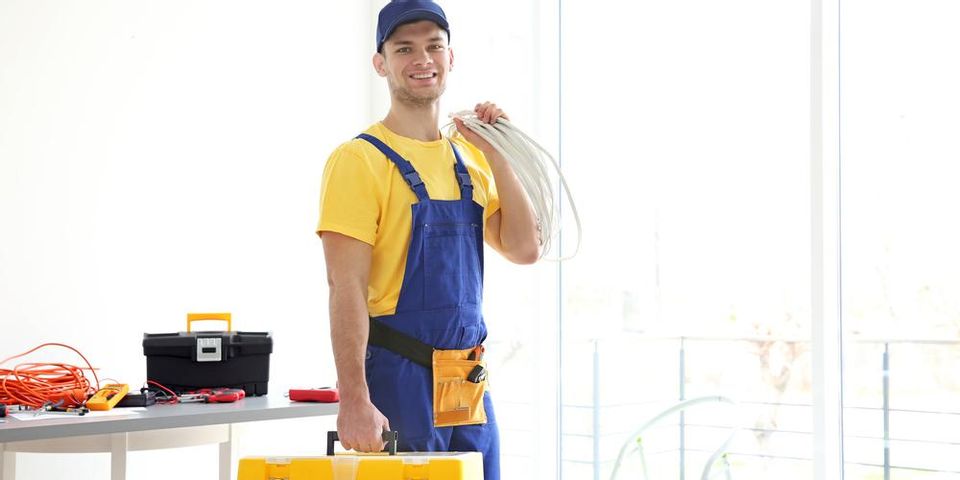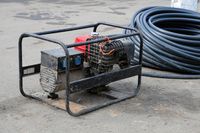
In the event of a power outage, a generator will ensure you still have access to important appliances. Standby generators are the most convenient type, as they automatically switch between your usual energy supply and your generator—but they aren’t always the most affordable option. Many people use portable generators instead.
If you’re interested in this latter option as well, Zelek Electric Co. in Old Lyme, CT would like to inform you of these facts:
- You Can Connect to Portable Generators With Extension Cords: The easiest way to use a portable generator is to directly connect it to individual appliances using extension cords. The only drawback to this, though, is that you can’t power HVAC systems, electric ranges, well pumps, and other permanently wired systems.
 You Should Size Your Extension Cord According to Your Generator: Extension cords have different gauges, which are appropriate for different levels of electrical current. Use your residential generator receptacle to choose the correct gauge—not your appliance requirements. For example, a 12-gauge cord is the minimum size for receptacles that can supply up to 20 amps.
You Should Size Your Extension Cord According to Your Generator: Extension cords have different gauges, which are appropriate for different levels of electrical current. Use your residential generator receptacle to choose the correct gauge—not your appliance requirements. For example, a 12-gauge cord is the minimum size for receptacles that can supply up to 20 amps.- Transfer Switches Save Lives: If you want your portable generator to supply essential circuits, you’ll need a manual or automatic transfer switch. These very important devices prevent feeding your main utility lines with power from your generator—a dangerous situation, also known as backfeeding, which could be fatal to nearby utility workers. You would also be personally liable for such an accident.
If you’ve been thinking about buying a portable generator, Zelek Electric Co. has a great selection of residential and commercial models, and offers professional installation for all of their products. They’ll also tell you everything you need to know about safely connecting your generator to your home. To make an inquiry, give the Old Lyme, CT-based electrical contractors a call at (860) 434-9726. More information is available on their website.
About the Business
Have a question? Ask the experts!
Send your question

